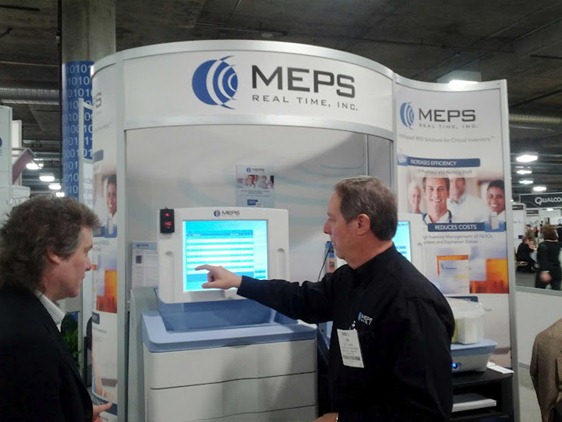Actually Day 3 was yesterday, but I’m just now getting around to putting some thoughts on paper.
Best session I attended was Care Coordination in Practice: Managing Data Volume and Data
Reconciliation. The presentation was all about big data and how we’re failing to use it appropriately in healthcare. The slide deck was great. It’s available here if you’re interested.
A couple of things I found interesting in the presentation:
- There are approximately 1-2 billion clinical documents produced in the United States each year. That’s mind boggling if you stop and think about for a minute.
- More than 60% of key clinical data are not found in coded lists.The remainder of the information is found in free text, scanned documents, etc. That’s a problem because a lot of clinical decision support is based on information in coded lists. So what are we missing? A lot.
The takeaway from the presentation: “Get massive amounts of data flowing, then build structure slowly and incrementally. Don’t wait.” The presenter referred to this as “the Google approach to data”. I’m a fan of all things Google so that works for me.
I had coffee with Pauline Sweetman yesterday (@psweetman). Pauline is a pharmacist from the UK that I’ve been tweeting back and forth with for a couple of years. We had a pretty interesting conversation around the differences and similarities between hospital pharmacy practice in the U.S. and UK. Good stuff.
I also had a great conversation with Dr. Heather Leslie (@omowizard), a physician out of Melbourne, Austrialia that’s doing a lot of work with the openEHR project. During our short visit she persuaded me to participate in their Adverse Reaction archetype review; as a pharmacist of course.She’s always looking for additional help if anyone is interested. It’s a worthwhile project so at least have a look.
I spent more time roaming around the exhibitor area, specifically looking at RFID technology. I’m a fan of RFID, but it doesn’t seem to be catching on in healthcare. There are several reasons why, but we should still be looking hard at it’s application. I’m not sure whether RFID will become important or it it’s a bridge technology to something else. But the only way to find out is start using it and see where it goes.
One product that uses RFID technology that I found particularly interesting comes from a company called MEPS Real Time, Inc. Their product features a dispensing cabinet with real-time RFID driven inventory management to go along with a RFID med tray tracking system. Of course you wouldn’t use RFID for everything because it would be labor intensive and expensive, but for high dollar drugs it might make sense. It was pretty impressive.

 There are lots of useful technologies out there for pharmacies, but I see precious few being put to good use. Why? Oh, who the heck knows. It’s a mystery to me. People whine all the time about how bad pharmacy operations are, but they never do anything to fix it. Human nature I suppose. If I were a DOP or CPO I’d be using anything and everything I could get my hands on to improve operations and make life easier for my pharmacists, and in turn easier for “pharmacy” and nursing, which in theory leads to better patient care. It’s the great circle of life. Sort of.
There are lots of useful technologies out there for pharmacies, but I see precious few being put to good use. Why? Oh, who the heck knows. It’s a mystery to me. People whine all the time about how bad pharmacy operations are, but they never do anything to fix it. Human nature I suppose. If I were a DOP or CPO I’d be using anything and everything I could get my hands on to improve operations and make life easier for my pharmacists, and in turn easier for “pharmacy” and nursing, which in theory leads to better patient care. It’s the great circle of life. Sort of.

